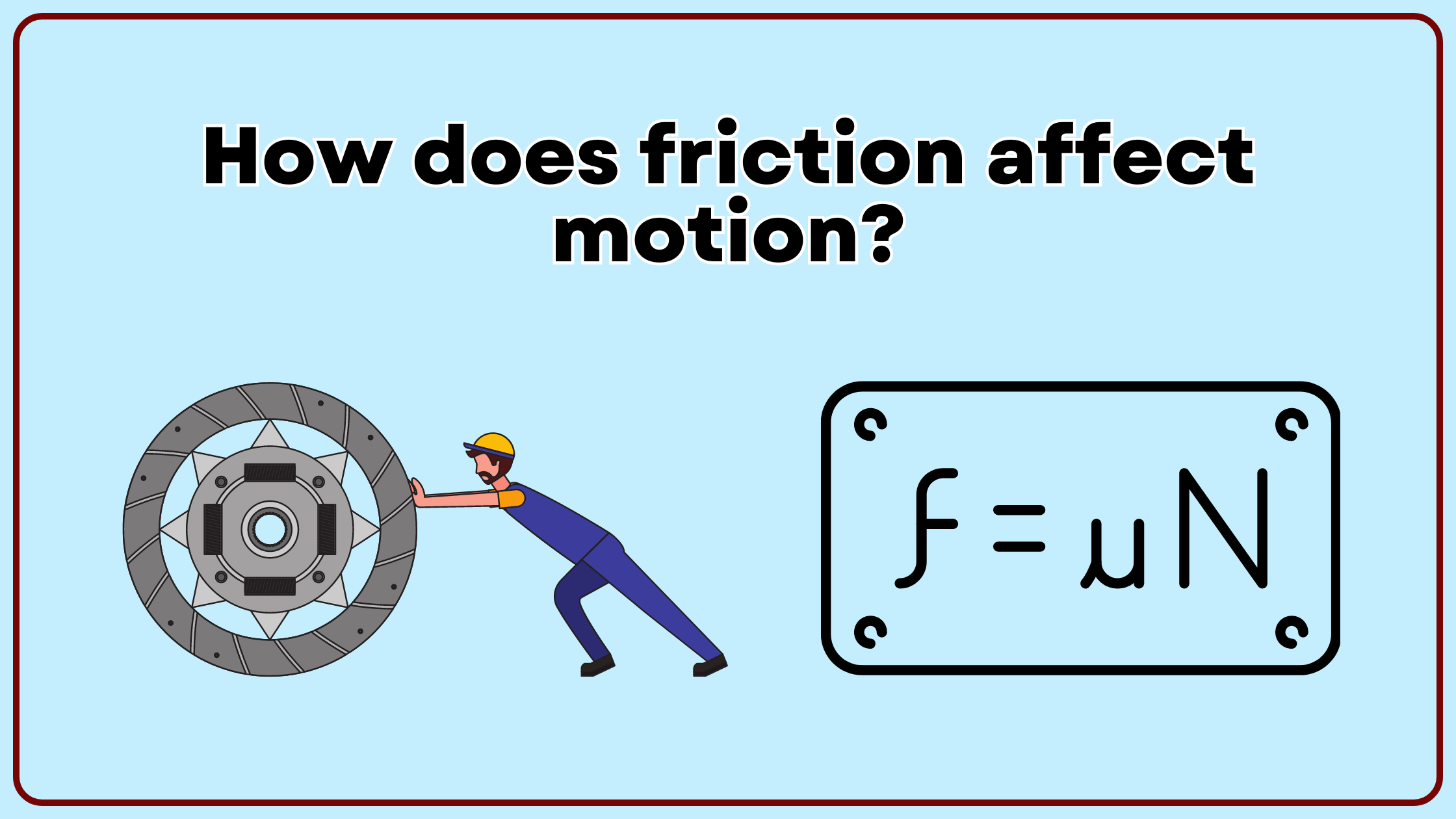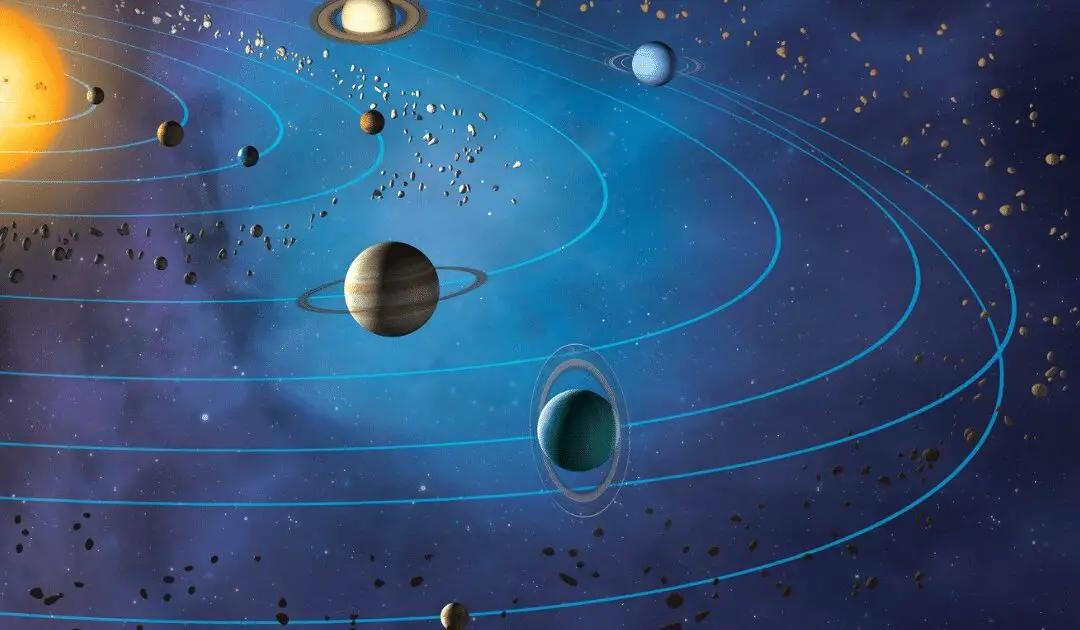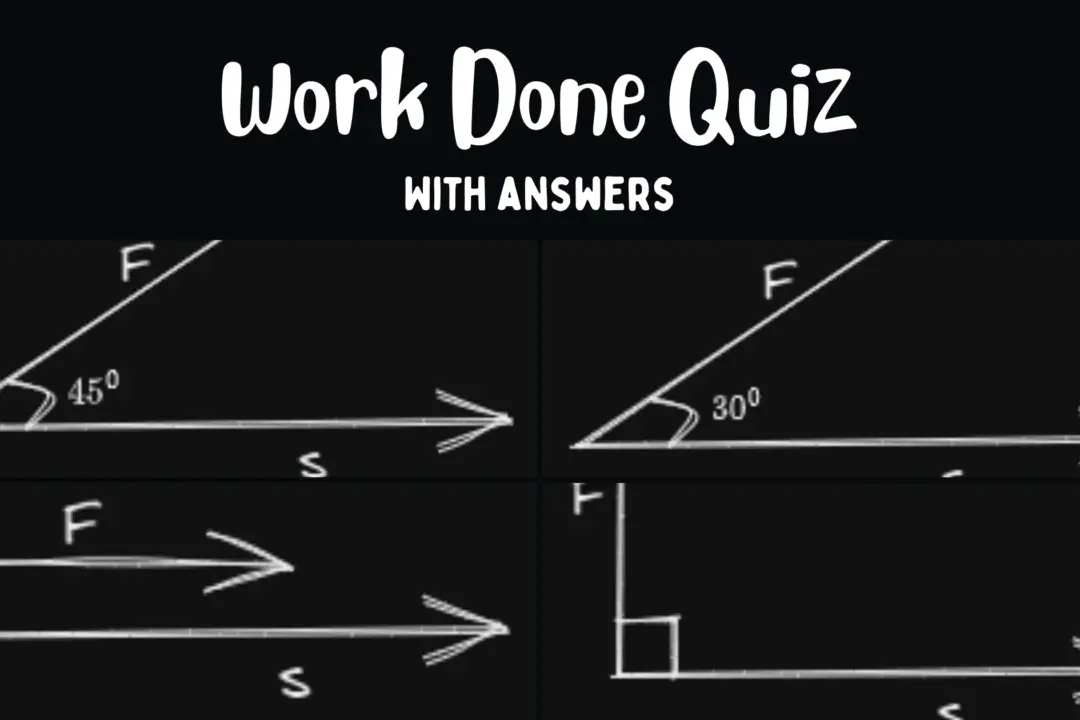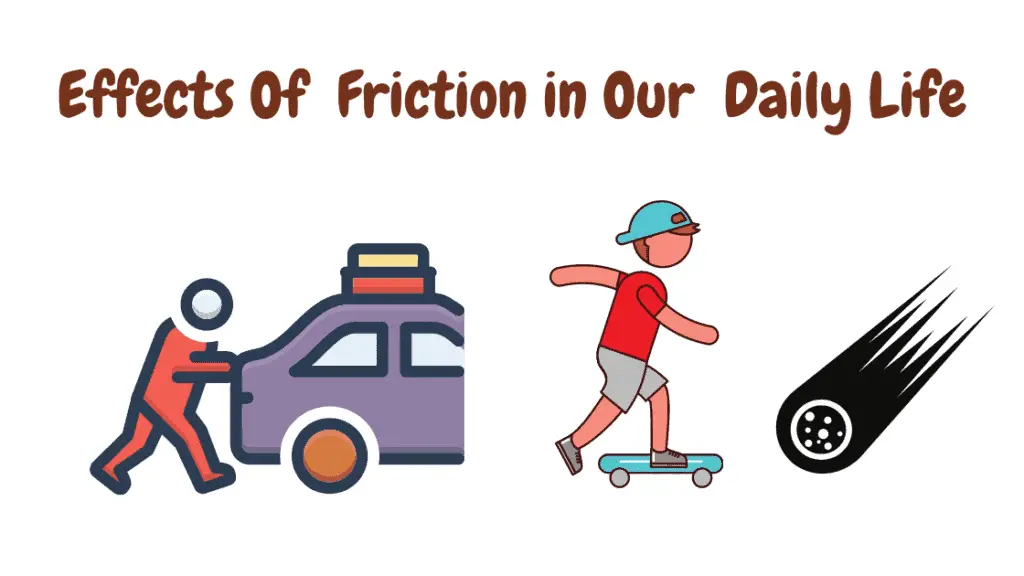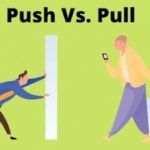Friction is a force that opposes the relative motion between two surfaces in contact. It significantly affects motion by slowing down moving objects, preventing stationary objects from starting to move, and converting kinetic energy into thermal energy. Here’s a detailed explanation of how friction influences motion:
Slowing Down Moving Objects
One of the primary ways friction affects motion is by slowing down objects that are already in motion. When an object moves across a surface, friction acts in the opposite direction of the motion, causing the object to decelerate. This is why a rolling ball eventually comes to a stop on a flat surface.
The force of friction ($F_f$) opposing the motion is given by:
$$ F_f = \mu F_n $$
Where:
- $\mu$ is the coefficient of friction (either static or kinetic)
- $F_n$ is the normal force (perpendicular to the surface)
As this frictional force acts on the moving object, it reduces the object’s kinetic energy, converting it into thermal energy (heat). This process continues until the object comes to a complete stop, unless acted upon by other forces.
Preventing Motion
Friction also plays a crucial role in preventing stationary objects from starting to move. This is known as static friction, which must be overcome before an object can begin to move. Static friction is often greater than kinetic friction (friction during motion), which is why it’s usually harder to start pushing a heavy object than to keep it moving once it’s in motion.
The maximum static friction force is given by:
$$ F_{s,max} = \mu_s F_n $$
Where $\mu_s$ is the coefficient of static friction.
Energy Conversion
As friction opposes motion, it converts kinetic energy into thermal energy. This conversion follows the work-energy principle:
$$ W = \Delta KE $$
Where $W$ is the work done by friction, and $\Delta KE$ is the change in kinetic energy. The work done by friction is:
$$ W = F_f d $$
Where $d$ is the distance over which the friction force acts.
Effects on Different Types of Motion
- Linear Motion: Friction reduces the speed of objects moving in a straight line, such as a car braking on a road.
- Rotational Motion: Friction can cause rotating objects to slow down, like a spinning top gradually coming to rest.
- Fluid Motion: In fluids (liquids and gases), friction manifests as viscous drag, affecting the motion of objects through the fluid.
Practical Applications
Understanding friction’s effects on motion is crucial in many real-world applications:
- Vehicle Design: Engineers consider friction when designing tires, brakes, and aerodynamic features.
- Sports Equipment: The choice of materials and surface treatments in sports gear often aims to optimize friction for better performance.
- Manufacturing: Friction plays a vital role in processes like machining and polishing.
Reducing Friction
In many cases, reducing friction is desirable to improve efficiency and reduce wear:
- Using lubricants between moving parts
- Employing ball bearings or roller bearings
- Designing streamlined shapes to minimize air resistance
Increasing Friction
Sometimes, increasing friction is necessary for safety or functionality:
- Adding treads to tires for better road grip
- Using non-slip surfaces on stairs and walkways
- Applying sandpaper for smoothing surfaces
In conclusion, friction is a fundamental force that significantly affects motion in our daily lives. It acts to oppose relative motion between surfaces, converting kinetic energy into thermal energy.

